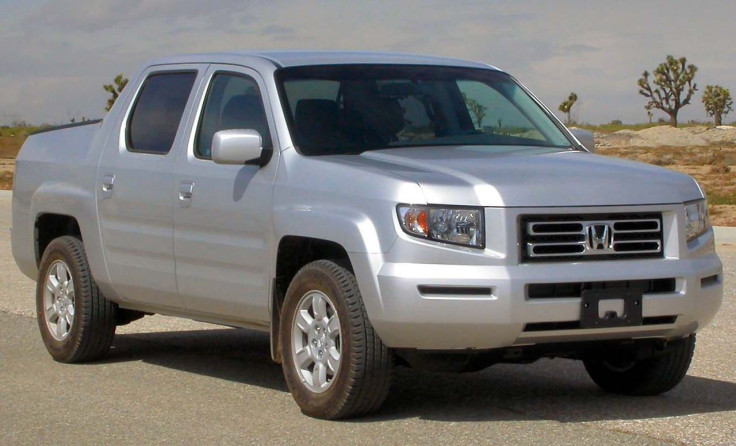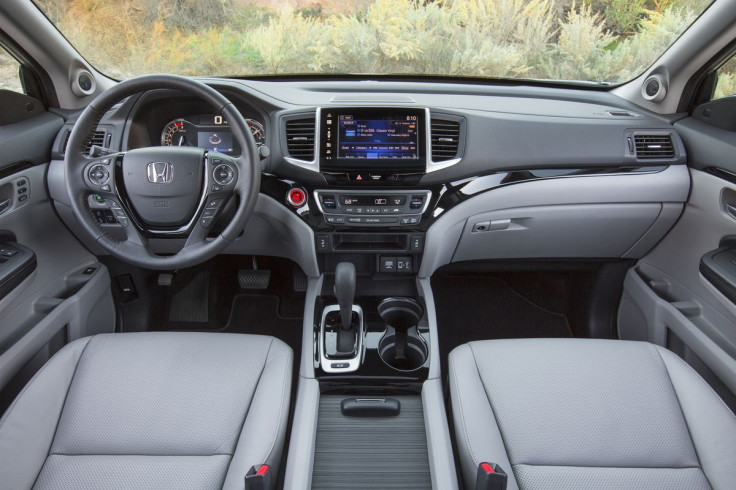Detroit Auto Show 2016: New Honda Ridgeline Keeps Popular Features, Looks More Like A Truck Americans Would Buy

Honda unveiled its 2017 Ridgeline pickup in Detroit on Monday, revealing a radically redesigned second-generation version of a truck that should have sold better than it did. Truck buyers —and in America there are a lot of them — will certainly appreciate the new look of the midsize pickup, which replaces that weird wedge-like appearance of the original version introduced for the 2006 model year with a more conventional look.
At the same time, the tailgate that opens two ways and the in-bed trunk two features that owners loved in the first-generation Ridgeline are still there.

“This is essentially an open-bed version of the company’s new Pilot, which bodes well for the new truck given the success Honda has experienced with its Pilot,” Karl Brauer, senior analyst at Kelley Blue Book, said in an email. “Truck buyers are among the most loyal, making it difficult for nontruck brands to grab market share. Yet Honda will try again with this new Ridgeline, even after a somewhat muted market response for the outgoing model.”
The 2017 Ridgeline will come after General Motors dived back into the smaller pickup truck segment with its GMC Canyon and Chevrolet Colorado in late 2014 and after Toyota revamped its popular Tacoma (the U.S. version of the Hilux) for the current model year. The Ridgeline needed desperately to be updated as annual sales had been falling from a peak of just 51,000 units in 2006, fewer than Ford sells of its F-Series in a typical month.

Honda says the new Ridgeline is the first unibody pickup truck that looks like a pickup truck, an allusion to the previous Ridgeline’s odd body design. The unibody design, in which the frame of the car acts as the skeleton for the entire vehicle, is the standard way to make cars these days.
But trucks still largely adhere to the so-called body-on-frame construction, in which a chassis is built and then a body is bolted on to it. Truck owners have long believed body-on-frame is a sturdier construction, but that perception is rapidly waning in the rise of unibody-built SUVs. Though other automakers have rolled out unibody concept trucks in the past, Honda was the first to send a unibody truck to the market, and others may eventually follow.

“We think we’ve got a better idea, a truck that uses its unibody construction and Honda packaging magic to deliver more of the things that many of today’s truck customers want and need with none of the things they don’t,” John Mendel, executive vice president of American Honda Motor, said in a statement.
The Lincoln, Alabama-built 2017 Ridgeline is longer than its predecessor, and Honda says it will be the roomiest of the four-door pickup trucks in the market. It will come with a 3.5-liter V-6 engine. Pricing information has not been disclosed. The 2016 Honda Ridgeline starts at about $30,000.
© Copyright IBTimes 2024. All rights reserved.





















